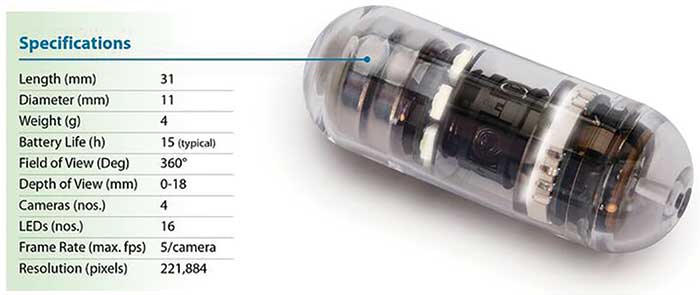Optical technologies offer an accurate, rapid, and low-cost approach to diagnosing infectious diseases noninvasively.
 Early diagnosis is the critical starting point to a better outcome for a patient. It allows effective treatment to start earlier, giving the patient the best possible prognosis. Prompt diagnosis also reduces the potential spread of infection, significantly lowering health care costs.
Early diagnosis is the critical starting point to a better outcome for a patient. It allows effective treatment to start earlier, giving the patient the best possible prognosis. Prompt diagnosis also reduces the potential spread of infection, significantly lowering health care costs.
Medical experts and health care companies around the world recognize the value of developing ways to diagnose infectious diseases noninvasively at the point of care (POC), particularly in developing countries and rural areas where medical screening can be nonexistent. Many believe that readily available optical componentry that can be scaled up for volume production provides the best route to success.
“I’ve worked on optical spectroscopy-based noninvasive diagnostics for over 20 years, and application of my experience in this arena to infectious diseases was an opportunity that presented itself in 2014,” said John Maynard, vice president of product management at Avisa Pharma. “I was intrigued by the potential of a rapid, noninvasive, POC test to improve detection of lung infections and to better target antibiotics to treat these infections.”
Prior to joining Avisa Pharma, Maynard co-founded and was vice president of technology at VeraLight Inc. in Albuquerque, N.M., which developed POC, noninvasive, optical measurement instruments to quickly detect undiagnosed prediabetes and diabetes. When he joined Avisa Pharma in 2014, he began to focus his expertise on commercializing a rapid, POC breath test for diagnosing pulmonary infections.
Lung infections such as pneumonia are particularly deadly among the very young, very old, and patients with compromised immune systems. According to the World Health Organization (WHO), pneumonia kills 1.8 million children under the age of 5 every year. It kills more children than any other illness, in every region of the world. In spite of its huge toll, relatively few global resources are dedicated to tackling this killer.
Currently, the gold standard for detecting the cause of a pneumonia infection is to culture a sputum sample and see what grows. This process is highly dependent on getting a good sample that specifically comes from the part of the lung with the infection. But transporting and preparing the sputum for culture without contamination is challenging. And 24 to 72 hours are required to grow the cultures before a pathologist can determine the causative pathogens.
Member Exclusive: To read the complete article, please Login or Register